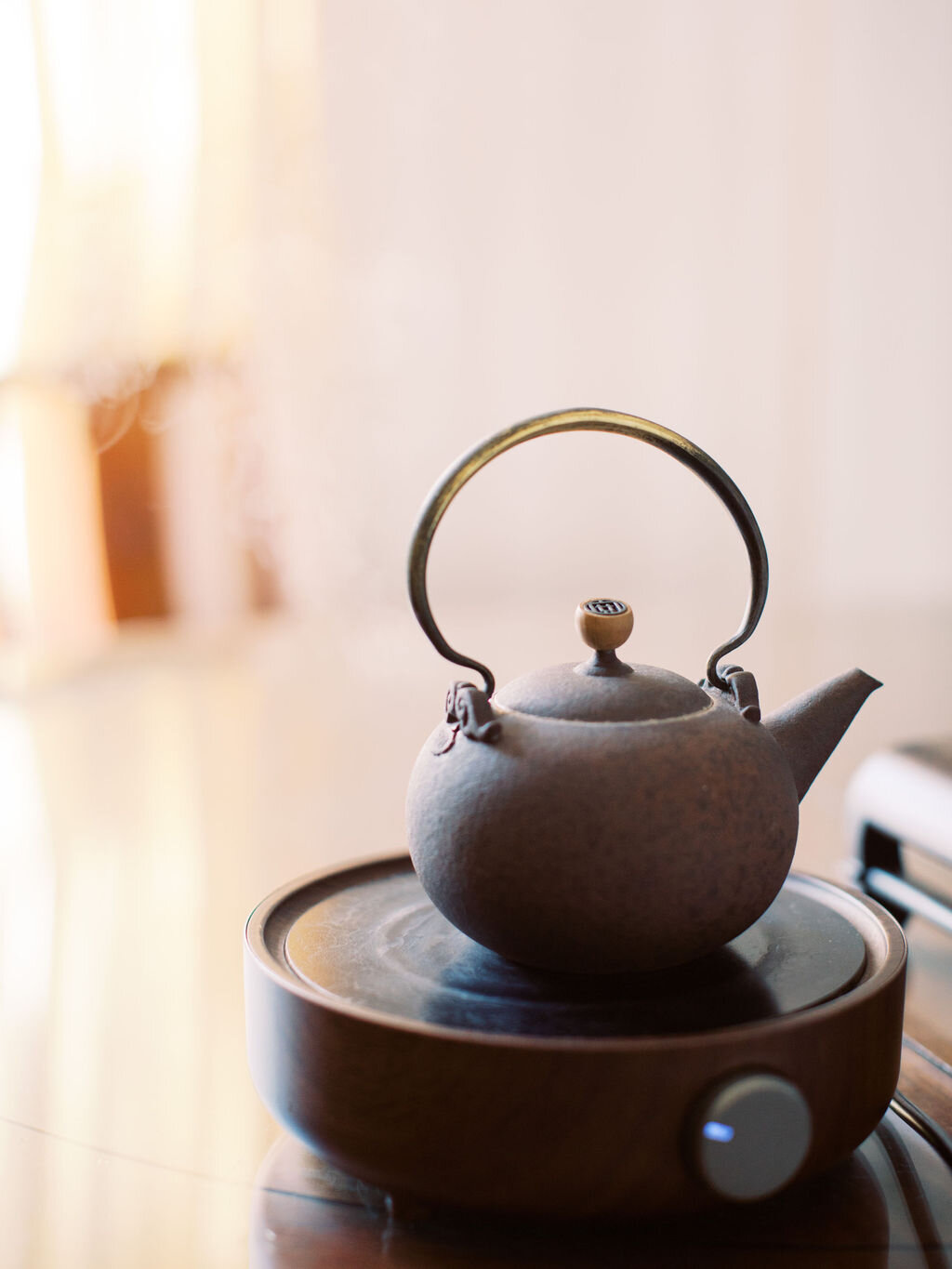Mindfulness Through a Traditional Chinese Tea Ceremony
Mindfulness Through a Traditional Chinese Tea Ceremony
Story and photographs by Terry Li
Edited for clarity and length.
photographs by Terry Li
I was born and raised in Hong Kong, but I’ve been living in London and the UK for the past 15 years.
I was visiting home in Hong Kong last year, and my mum was making Chinese tea. Tea ceremonies are a hobby she picked up a while ago, and whenever I watch her making tea, it felt like everything slowed. Sometimes, I would sit down with her and wait for the tea to brew, while she would share the technique, history, and philosophy of Chinese tea ceremonies with me.
Chinese tea ceremonies date as far back as 1200 years ago, during the Tang Dynasty. The Chinese tea ceremony contains the wisdom of Asian philosophy; it reflects the central idea of Taoism, Confucianism, and Buddhism—peace. By practising a tea ceremony, one nurtures their body and soul, manners, and purifies the inner world. The elements utilized in the ceremonies—like the spring water, the natural environment, the authentic bamboo or wood tools, and the porcelain tea sets—reflect authenticity.
Drinking and appreciating tea can be a lifestyle rather than simply a ritual.
After knowing more about the tea; every sip suddenly became an experience. I smelled, I tasted, I felt, and I thought. And it was then that I realised, this has never been just about a cup of tea; it is about the entire journey she takes me on.
Another hobby my mother enjoys is Chinese calligraphy. She tells me, “in China, from a very early period, calligraphy was considered not just a form of decorative art; rather, it was viewed as the supreme visual art form. It was more valued than painting and sculpture, and ranked alongside poetry as a means of self-expression and cultivation. How one wrote, in fact, was as important as what one wrote.”
There is much thought, practice and skill put into each stroke, she explained to me. It is similar to a drawing or a painting; one can be creative and have a unique personal style or flare related to calligraphy. Chinese calligraphy is not simply writing words in a pretty way; it is about turning Chinese characters into a visual art-form that can be appreciated.
Watching my mother write is quite like watching a performance; I observe how the stroke was made— swiftly or slowly, with force or delicately, where the brush was put to the paper, and so on.











































